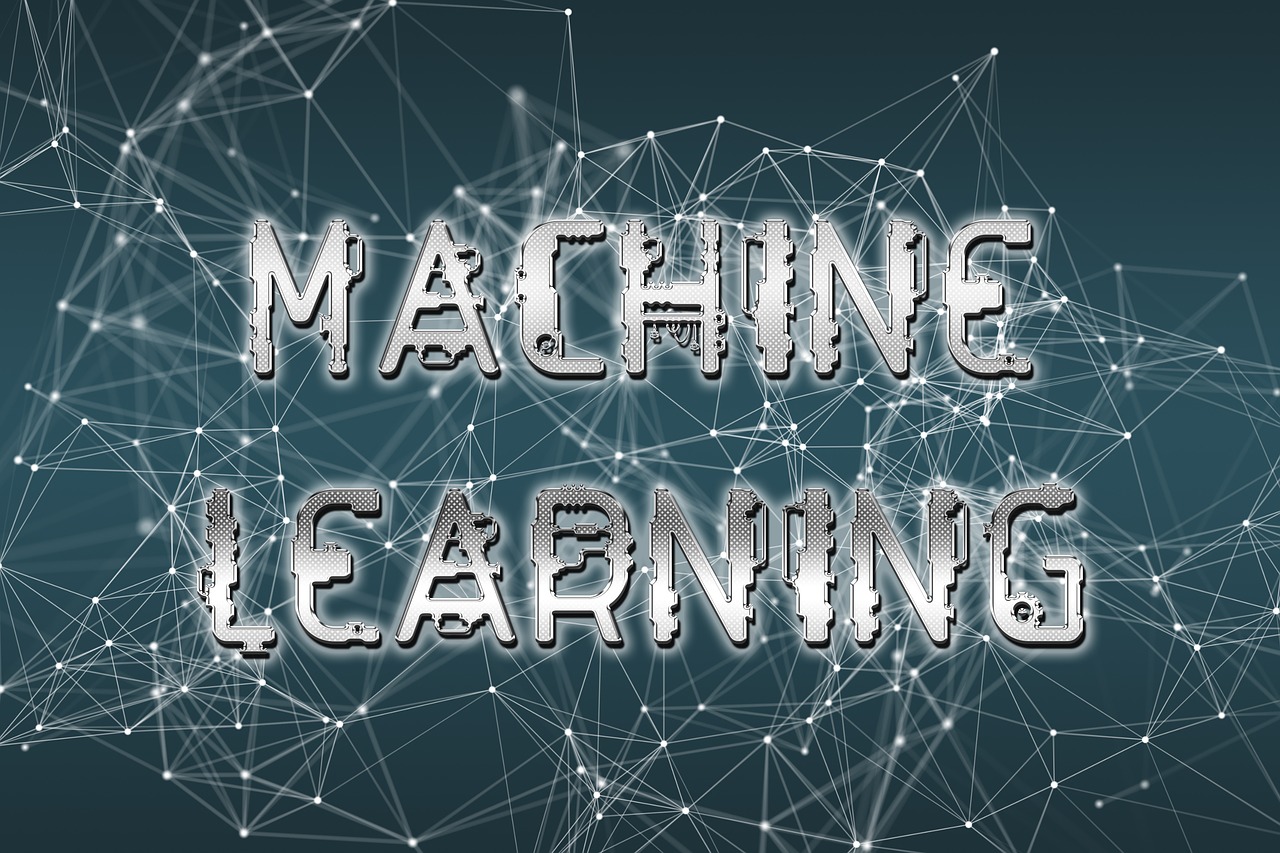
Education is an ever-evolving field, and with the rapid advancements in technology, there is a growing interest in leveraging artificial intelligence (AI) and machine learning (ML) to enhance the learning experience. In this article, we will explore the benefits of AI and ML in education, the challenges of implementing these technologies, and strategies for successfully integrating them into the classroom.
1. Introduction
With the advent of AI and ML, the traditional classroom setup is undergoing a transformation. These technologies have the potential to revolutionize education by providing personalized learning experiences, intelligent tutoring systems, and automating administrative tasks.
2. Understanding Machine Learning
2.1 What is Machine Learning?
Machine learning is a subset of AI that enables computers to learn and improve from data without being explicitly programmed. It involves the development of algorithms that can analyze vast amounts of data, identify patterns, and make predictions or decisions based on that analysis.
2.2 Importance of Machine Learning in Education
Machine learning can play a crucial role in education by enabling educators to gain valuable insights into student performance, identify areas of improvement, and develop personalized learning paths. It helps in adapting teaching methods to individual student needs, promoting engagement and better academic outcomes.
3. Benefits of AI and Machine Learning in Education
3.1 Personalized Learning
AI and ML can facilitate personalized learning experiences by analyzing student data and tailoring instruction to meet individual needs. Adaptive learning systems can adjust the difficulty level of content, provide real-time feedback, and offer customized learning materials.
3.2 Intelligent Tutoring Systems
Intelligent tutoring systems leverage AI to provide personalized guidance and support to students. These systems can analyze student responses, identify misconceptions, and offer targeted interventions to help students overcome challenges and enhance their learning experience.
3.3 Automating Administrative Tasks
AI can streamline administrative tasks such as grading, scheduling, and data management, allowing educators to focus more on teaching and student engagement. By automating routine tasks, teachers can allocate their time and resources more effectively.
4. Challenges of Implementing AI in Education
While the potential benefits of AI and ML in education are substantial, several challenges need to be addressed for successful implementation.
4.1 Data Privacy and Security
The collection and analysis of student data raise concerns about privacy and security. Educational institutions must prioritize data protection measures and comply with regu
4.2 Lack of Training and Awareness
Implementing AI and ML in the classroom requires teachers to have the necessary knowledge and skills. However, many educators may lack the training and awareness needed to effectively integrate these technologies into their teaching practices. Providing comprehensive training programs and resources is essential to bridge this gap.
4.3 Ethical Considerations
The use of AI and ML in education raises ethical considerations. It is crucial to ensure that these technologies are used responsibly and ethically. Educators must address issues such as algorithmic bias, transparency in decision-making, and the impact of AI on human interaction and creativity.
5. Strategies for Implementing Machine Learning in the Classroom
To successfully implement machine learning in the classroom, educators can consider the following strategies:
5.1 Integration of AI Tools and Platforms
Educators can explore AI tools and platforms designed specifically for educational purposes. These tools can assist in data analysis, personalized learning, and student engagement. By incorporating AI-driven applications into the curriculum, teachers can enhance the learning experience.
5.2 Teacher Training and Professional Development
Providing teachers with training and professional development opportunities in AI and ML is crucial. Workshops, online courses, and collaborations with experts can empower educators to utilize these technologies effectively and integrate them into their teaching methodologies.
5.3 Collaboration and Partnerships
Collaboration among educational institutions, technology developers, and researchers can foster the successful implementation of AI in education. By partnering with experts in the field, schools can gain insights, access resources, and collaborate on innovative projects that leverage AI and ML to improve learning outcomes.
6. Examples of AI and Machine Learning in Education
Let’s explore some practical examples of how AI and machine learning are transforming education:
6.1 Adaptive Learning Systems
Adaptive learning systems use machine learning algorithms to provide personalized learning experiences. These systems analyze student performance data, identify knowledge gaps, and deliver tailored content and activities to address individual needs, promoting self-paced learning.
6.2 Intelligent Content Creation
AI-powered content creation tools enable educators to develop interactive and engaging learning materials. These tools can generate automated assessments, interactive simulations, and virtual reality experiences, enhancing student engagement and understanding.
6.3 Virtual Reality and Simulations
Virtual reality (VR) and simulations offer immersive learning experiences. AI can enhance these experiences by personalizing the content based on student responses, providing real-time feedback, and creating realistic scenarios for hands-on learning in subjects such as science, history, and geography.
7. Future Possibilities and Trends
The future of AI in education holds immense potential. Advancements in natural language processing, predictive analytics, and intelligent tutoring systems will further personalize and enhance the learning experience. Additionally, the integration of AI with emerging technologies like augmented reality and blockchain can revolutionize educational practices.
8. Conclusion
In conclusion, AI and machine learning have the power to transform education by providing personalized learning experiences, intelligent tutoring systems, and automating administrative tasks. While challenges exist, such as data privacy, training, and ethical considerations, adopting strategies like integrating AI tools, providing teacher training, and fostering collaborations can help overcome these hurdles. By embracing AI in education, we can unlock new possibilities and create a more effective and engaging learning environment for students.
